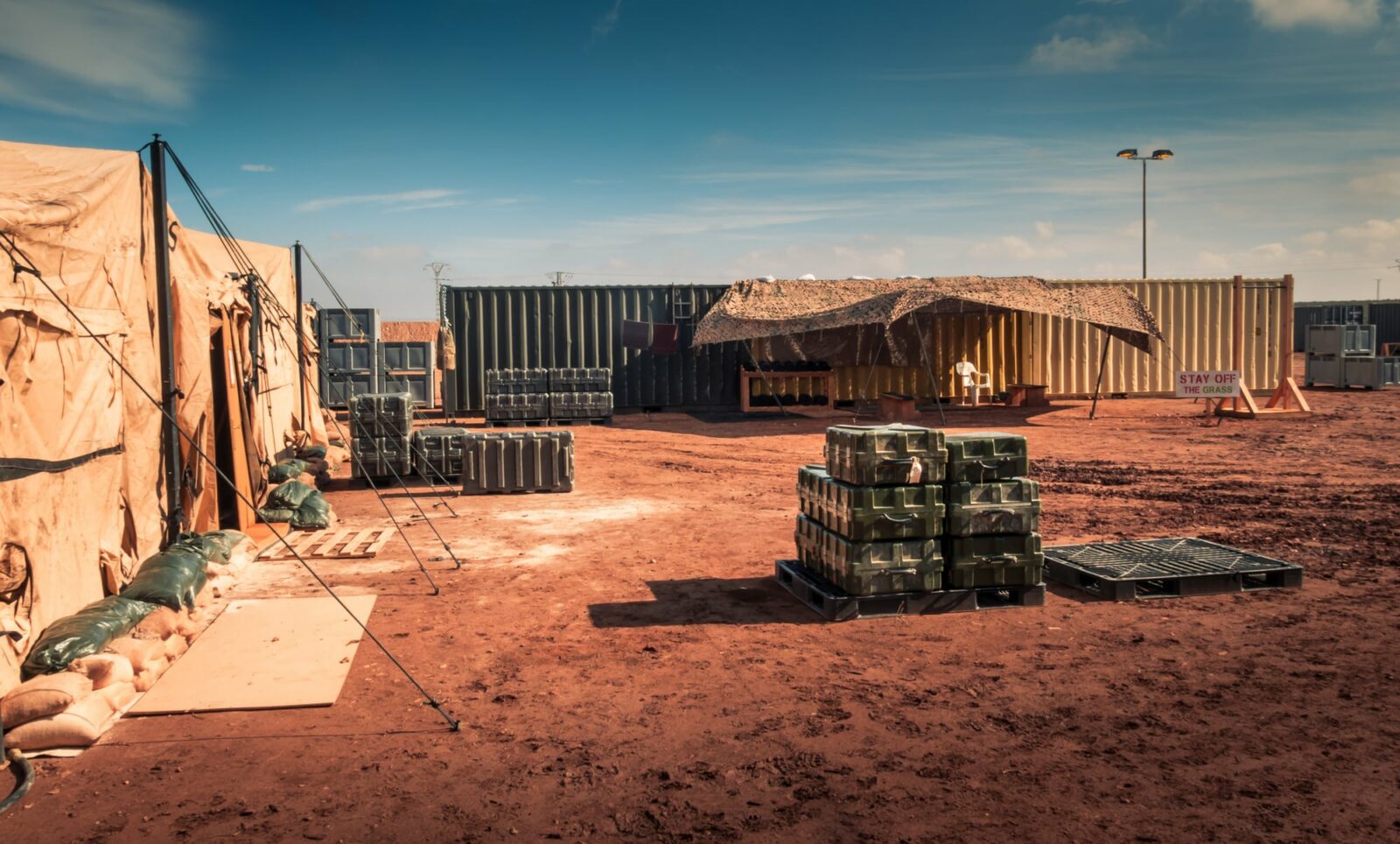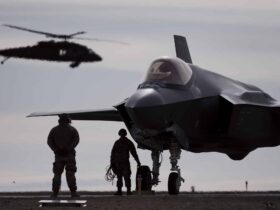In the dynamic field of defense, the strategic planning and placement of a defense site is critical. For veterans and those currently serving, understanding the multifaceted considerations involved in site planning not only supports operational success but also enhances safety and efficiency. This article explains the critical aspects of planning a defense site, drawing on the expertise and experiences of the veteran community.
1. Location and Accessibility
The first and perhaps most critical aspect of planning a defense site is selecting the right location. This decision should be driven by strategic operational requirements, including proximity to potential hot spots, ease of access for logistics, and natural geographical advantages that could provide defensive benefits. Additionally, consider the site’s accessibility in terms of infrastructure—roads, airports, and seaports—which will be crucial for the rapid deployment and resupply of forces.
Understanding the principles used in military site selection can be informative for constructing commercial buildings with specific security needs. Like military installations, commercial buildings can benefit from strategic location choices that consider accessibility, proximity to critical resources, and the natural environment.
For a commercial shed builder, this might involve considering the ease of access to major transportation routes, the availability of utilities, and environmental factors that could impact building stability and security. Moreover, the robustness required for military installations can influence the structural standards that shed builders adopt, such as enhanced durability against natural disasters or the capacity for rapid scalability and modification.
2. Security Considerations
Security considerations in defense site planning are crucial to ensuring the safety and integrity of military operations. The primary goal is to create a resilient site that guards against a wide range of threats, including both conventional forces, such as enemy armies, and unconventional forces, such as guerrilla groups or terrorists. Each aspect of the site’s location and design must be meticulously evaluated to maximize defensibility.
The ability to monitor surrounding areas effectively is crucial. This involves not only the placement of surveillance equipment like cameras and sensors but also ensuring that the site layout allows for unobstructed fields of view. Features such as towers or drone-based monitoring systems can be employed to maintain a vigilant watch over the site’s perimeter and beyond.
Natural features like rivers, mountain ranges, and dense forests can serve as effective barriers that hinder the movement of hostile forces. These features can be integral to the site’s security strategy, providing a formidable obstacle to infiltration. However, they can also create natural vulnerabilities, such as waterways that may allow enemy access if not properly monitored and controlled.
Perhaps one of the most valuable resources in defense site planning is the experience of military veterans who have engaged in active duty. These individuals can offer practical insights and strategies that are grounded in real-world combat and security scenarios. Their knowledge of what works — and what doesn’t — in various environmental and tactical situations can guide the planning process, from the placement of defenses to the types of materials used in construction.
3. Environmental and Community Impact
Integrating a new defense site into a local environment and community requires thoughtful consideration. Environmental impact assessments ensure that the site development complies with all regulatory standards and minimizes ecological disruption.
Furthermore, the social impact on nearby communities must be considered, including potential noise levels, the necessity for land, and the overall economic impact—positive or negative. Building a positive relationship with local communities can facilitate smoother operations and enhance mutual benefits.
4. Technological Infrastructure
Modern defense operations require sophisticated technological infrastructure to support advanced capabilities like satellite communications and unmanned systems. Key components include a robust IT infrastructure for secure data management, encrypted communication lines to protect against cyber threats and specialized facilities for the maintenance and storage of high-tech equipment.
Defense sites must also accommodate unmanned systems with appropriate launch, recovery, and control stations and provide ground stations for constant satellite communication. Adaptability is crucial to integrate emerging technologies such as AI and cyber warfare tools. Veterans with experience in these areas offer valuable insights into practical integration and maintenance needs.
Ensuring that defense sites can support these technologies involves comprehensive planning and forward-thinking design to maintain operational effectiveness and security in a rapidly evolving technological landscape.
5. Logistics and Supply Chain
A well-planned logistics network is crucial for the success of defense operations, ensuring a steady supply of everything from basic provisions to advanced military equipment. Key considerations for effective logistics include the scalability of storage facilities, which should be adaptable and capable of expanding to meet changing demands through modular or expandable designs.
Transport routes must be strategically placed to facilitate quick and cost-effective movement of supplies and be robust enough to handle diverse conditions. Security is also paramount, requiring both physical security measures and cybersecurity to protect supply lines from disruptions such as sabotage or theft. Additionally, the network should include redundancy and contingency plans to manage supply chain failures effectively.
Integration with global supply chains is essential for expansive operations, requiring coordination with global resources and compliance with international standards. Lastly, advanced logistical technology is critical for efficient inventory management and real-time shipment tracking, enhancing the network’s efficiency and responsiveness to maintain operational readiness.
6. Scalability and Flexibility
Defense needs can change rapidly. Therefore, a site must be designed with scalability and flexibility in mind. This means facilities should be adaptable to different purposes and scalable to increase or decrease operational capacity as needed. Flexibility in design can also include the ability to host international allies and inter-agency collaborations, which are increasingly common in global defense scenarios.
7. Legal and Regulatory Compliance
Planning a defense site involves navigating a complex landscape of legal and regulatory requirements. These range from local zoning laws to international treaties, depending on the location. Compliance is non-negotiable, and understanding these legal frameworks is essential to avoid delays and legal challenges, which can derail project timelines and increase costs significantly.
8. Veteran Integration
Some veterans find ways to serve the country, and they can be invaluable in defense site planning and operations due to their firsthand experience in various military environments. Their insights enhance realistic planning, operational efficiency, and effective strategy implementation. Veterans also offer leadership skills and specialized training, aiding in the smooth transition of new recruits.
Involving them in these roles facilitates their adjustment to civilian life, providing meaningful employment and leveraging the government’s investment in their training. Employing veterans not only utilizes their expertise but also supports their reintegration, offering economic benefits and reducing veteran unemployment, thereby benefiting both the individuals involved and the wider community.
Conclusion
The planning of a defense site is a complex but critical process that requires careful consideration of multiple factors. From security to legal compliance and from technological needs to community impact, every aspect must be meticulously planned. Leveraging the expertise of the veteran community can provide practical insights that enhance the success of such initiatives. As we continue to face global security challenges, the strategic planning of defense sites remains a cornerstone of national security strategy, embodying the adage that good planning is key to success.
Buy Me A Coffee
The Havok Journal seeks to serve as a voice of the Veteran and First Responder communities through a focus on current affairs and articles of interest to the public in general, and the veteran community in particular. We strive to offer timely, current, and informative content, with the occasional piece focused on entertainment. We are continually expanding and striving to improve the readers’ experience.
© 2024 The Havok Journal
The Havok Journal welcomes re-posting of our original content as long as it is done in compliance with our Terms of Use.










Leave a Reply